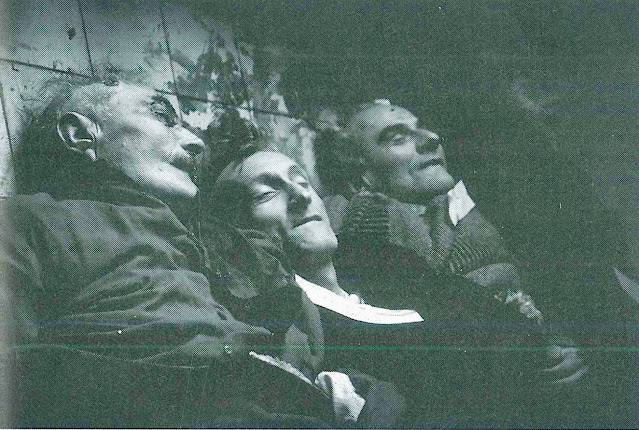Serb snipers hiding in the ruins of Sarajevo due to the Bosnian war indiscriminately killed Bosnian citizens, among others. The entrance of an old building was littered with dead bodies killed by sniper shots to the forehead and holes in the head. A large number of civilians were killed by sniper fire on a whim. in January 1994, Sarajevo, the capital of Bosnia and Herzegovina, was besieged by Serb militants who fired artillery shells and bullets into the city. Serb militants' snipers entered the city of Sarajevo and indiscriminately shot at civilians. In particular, they targeted Bosniaks, who were an ethnic group of the Muslim community. The shock of the collapse of the former Soviet Union hit the Balkans as well. When Croatia declared its independence, the Serbs in the Croatian territory rebelled and started a civil war. In response to the civil war, the forces of the Serbian Federation, the sovereign state of the Federation, intervened militarily in Croatia, and a civil war broke out.
In April 1992, Bosnia and Herzegovina declared independence from Yugoslavia, and in the years leading up to 1995, Bosnian Serb forces, with the support of Yugoslav forces, committed heinous crimes against Serb-dominated Muslim Bosniak and Croatian civilians, purging some 100,000 people. They purged about 100,000 people. About 80 percent of these Bosniaks who converted to Islam were killed, and the stadium in Sarajevo that hosted the 1984 Winter Olympics, a celebration of peace, became a cemetery for the dead of the Bosnian War civil war.
In the aftermath of World War II, the Balkans, Bosnia and Herzegovina, Serbia, Montenegro, Croatia, Slovenia, and Macedonia were annexed by the Tito-led Federal People's Republic of Yugoslavia. In 1991, Slovenia, Croatia, and Macedonia declared their independence. In 1991, Slovenia, Croatia, and Macedonia declared independence, and the Serb-dominated Yugoslav army clashed brutally with Croatia. In World War II, on the contrary, the Croats had massively abused and genocided the Serbs, and the grudge of revenge was incubating.
On March 3, 1992, Bosnia and Herzegovina declared its independence by referendum. Bosnian Serbs demanded annexation with Serbia, and in May 1992 an attack by Serb Yugoslav forces on the Bosnian capital, Serbia, broke out. In a region where multiple ethnic groups coexisted, nationalism rose to the fore, leading to repeated mass abuses and genocide.
The siege of the capital Sarajevo by Serb armed forces continued from April 1992 to February 1996. During the siege, more than 12,000 people were killed and more than 50,000 were wounded, and about 85% of the victims were citizens of Sarajevo. Many coexisting ethnic groups erupted into a storm of ethnic cleansing when the conflict broke out; in August-September 1995, NATO conducted heavy airstrikes against Serb armed forces. Through the mediation of the U.S., a Bosnia-Herzegovina peace agreement was reached in December 1995.

